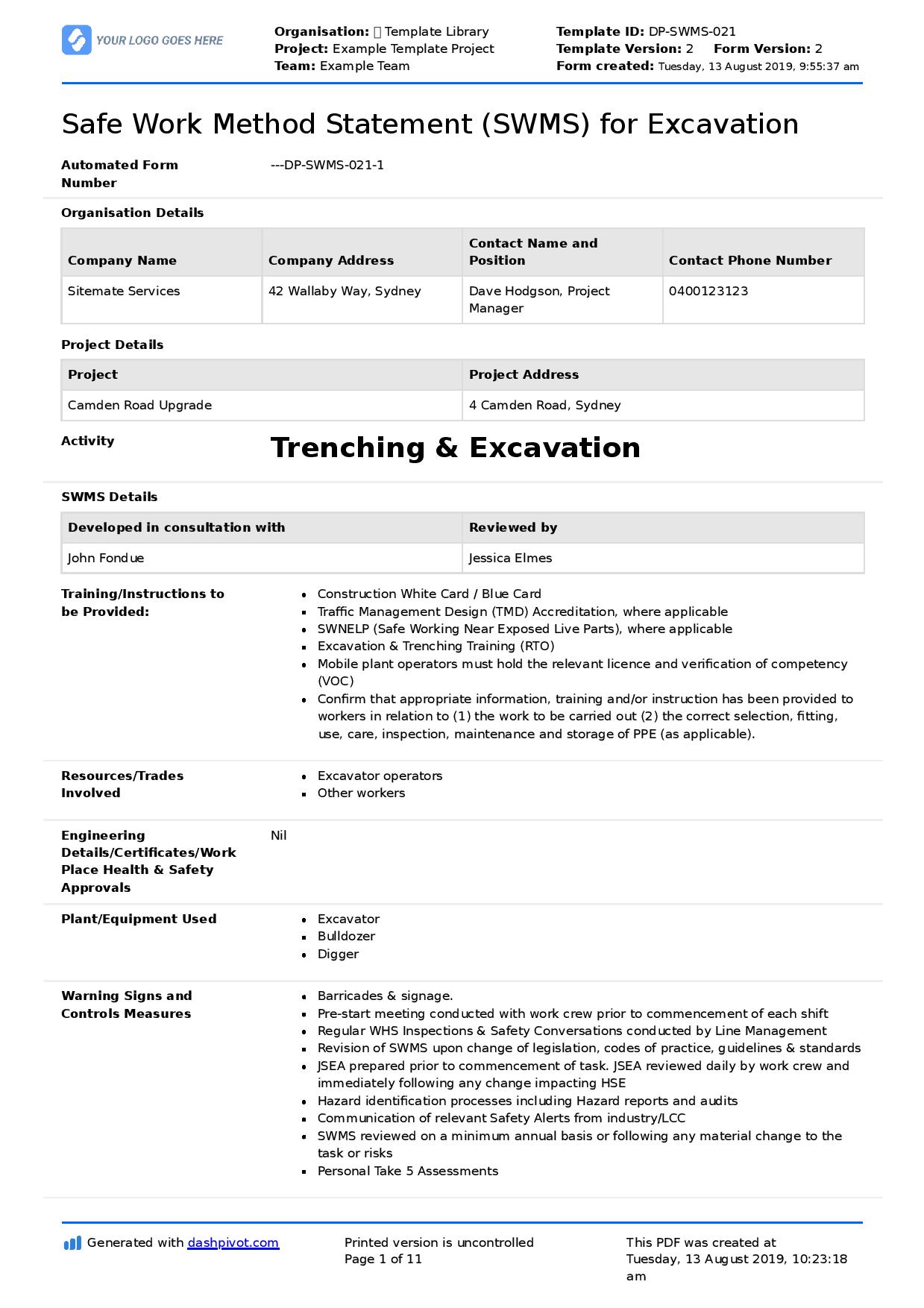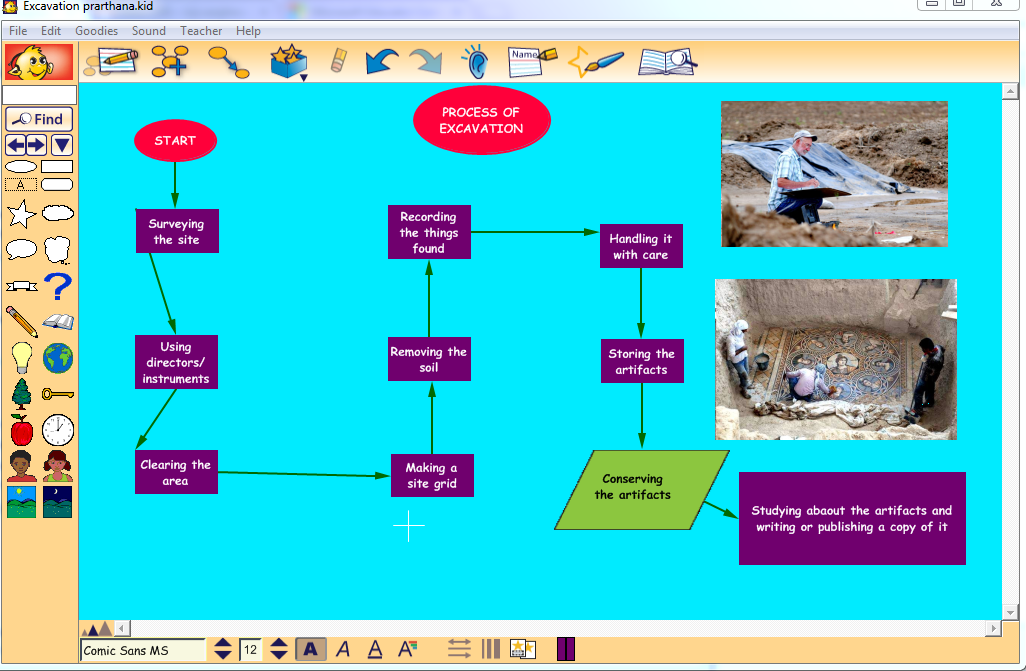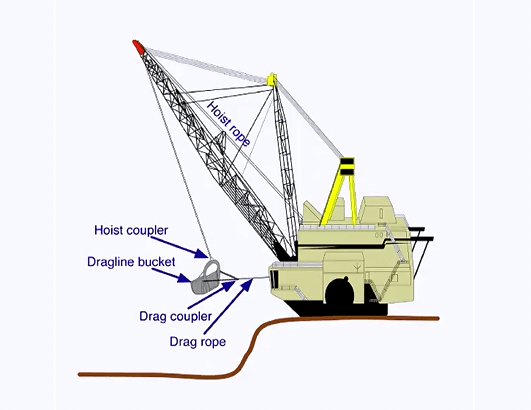Rumored Buzz on Grading Contractors
Wiki Article
The Facts About Excavation Companies Revealed
Table of ContentsSee This Report about ExcavatorOur Excavation Contractors Near Me StatementsThe Only Guide to Mini ExcavatorConcrete Contractors Can Be Fun For AnyoneDemolition for Dummies


Scrapers or Pans excavate dirt in one location, haul and unload the soil in another spot (mini excavator). It is challenging to match the performance of scrapes for cut/fill dirt operation if the haul distance is less then a mile. Scrapers are normally drawn by a rubber tire wheel tractor and also are occasionally pushed through the cut area by an excavator.
There are many times that scrapes are not utilized for site grading and a dump vehicle is employed: the haul may be to long, the haul may go across roadways where scrapers are not allowed, acid rock might be experienced, tools accessibility, etc. Dump trucks are in common usage as well as most likely require little discussion.
"Rock body" beds, on the other hand, have no tailgates as well as can discard any size rock, although their quantity capacity is reduced. Compaction Devices increases the density of the dirt as well as in some situations supplies a smooth, rolled surface area.
Trencher - The Facts
From a simple examination pit to percussion drilling to core boring the proprietor has significantly much more costly choices that yield progressively much better information concerning the website underground. As an example, the Proprietor on a 100,000 SF structure project may license twenty uninteresting locations with split spoon soil examples taken until rock is reached and also after that core examples of rock.Recognizing the type as well as top quality of rock (from the core samples) and area of rock (from the soils boring) is a real benefit in jobsite planning. Conversely, the Proprietor of a 100,000 SF building might choose to continue with no geotechnical testing whatsoever. The choice about geotechnical screening is typically made by an Owner without input from the Building and construction Supervisor.
An understanding of the approximate location of the rock helps the Building and construction Supervisor to prepare the series of actions adhering to rock excavation. If rock is in one edge of a huge structure job, for instance, the planet excavation can start at the opposite end of the structure in order to start foundation work soonest.
Beginning the foundation work early would be a good suggestion if the rock could be removed by ripping. If the rock is extremely hard and also needs considerable blasting, it might be prudent to hold structure job up until the blasting is finished. The Building and construction Manager ought to coordinate these kinds of choices and use all the technical date offered.
Concrete Contractors Things To Know Before You Get This
Unidentified excavation stipulates that all rock or other unexpected materials (omitting unsafe products) encountered in the sitework will certainly be the duty of the Specialist at no modification in agreement price. An unclassified excavation is simpler from a book-keeping viewpoint as well as puts the responsibility for geotechnical problems onto the Sitework Specialist.How Water Influences Sitework? It's incredible what a heavy rainfall can do to a building project. Prior to the rainfall, the site may be excavation estimating completely dry, hefty tools effectively relocating excavation estimating earth, the various other professions smoothly executing their job. Within hours the project can be a careless, mud-hole with worker efficiency cut to regarding 10%.
In many locations of the world, the Construction Supervisor need to bear in mind a simple truth: IT WILL RAINFALL. Excellent preparation can minimize the damage as well as disturbance of a hefty rain to a jobsite. Commonly the excavation and also grading is entrusted to the Sitework Specialist (and also their Foremen is responsible to oversee and also direct the heavy tools and operators).
Therefore the Building Supervisor should be continuously conscious of what rain will certainly do to the job website. It is not uncommon for the Sitework Supervisor to function their heavy tools for maximum effectiveness as well as wish it doesn't rainfall. Among the most effective ways to plan for rainfall is to slope all grades to drain pipes and to smooth rolled the surface prior to a rain.
Some Known Details About Demolition
The Building and construction Supervisor should be perceptive sufficient to insure that hefty rainfall does not stop work on the task longer than necessary. Daily discussions with Sitework Foremen might be required to accomplish this goal. Whenever excavation is required below the existing water level on a task, the procedure of dewatering have to be considered.In an absolutely cohesive dirt, the water travels so slowly through the clay or silt that dewatering is not normally necessary for the fairly brief time of excavation. Dewatering may be required for a single ground excavation or for an entire task website. The most common dewatering techniques are trench drains, deep wells and also well points.

Ground water seepage can also be reduced by cutoff techniques such as sheet stacking. High dewatering expenses have actually faded the revenue margins on far as well numerous jobs.
This alternative must constantly be thought about when examining the possibility of dewatering. Clearly the choice is only practical if gravity can run the water to lower ground. Trench drains can be reduced with a backhoe as well as filled up with a crude, granular material (# 4 stone for instance), but treatment should be exercised in selecting the water outlet type and area.
Indicators on Demolition You Need To Know
A siphon, by meaning, uses air pressure to lug water from one elevation, up over a barrier, to a reduced altitude. The pipes in a additional hints siphon system need to be airtight and some ingenuity is often required to totally load the siphon pipe. The siphon pipeline should be full for the siphon to begin.A deep well contains a pump, pipe and also an upright well casing. The pump intake is at the bottom of the well casing (normally some crushed rock is put there as a filter medium) (excavating contractors). The water is pumped up the hose, out of the well housing, and also to an appropriate discharge location.
In a rugged sand, for instance, a huge location can be pumped to near the pump consumption altitude. A less permeable soil, on the various other hand, minimizes the performance of a deep well. Since the pump is normally at the end of the deep well, there are no elevation restrictions due to vacuum lift, as well as deep wells can decrease the groundwater over 50 feet.
Under of the wellpoint there is a 2 foot long screen as well as shutoff, water jets out of this valve as well as develops an opening right into which the wellpoint pipeline can be decreased. This opening is typically made a larger size (as an example 10 inches) to permit for a crude sand backfill to assist filter the water (excavator).
Report this wiki page